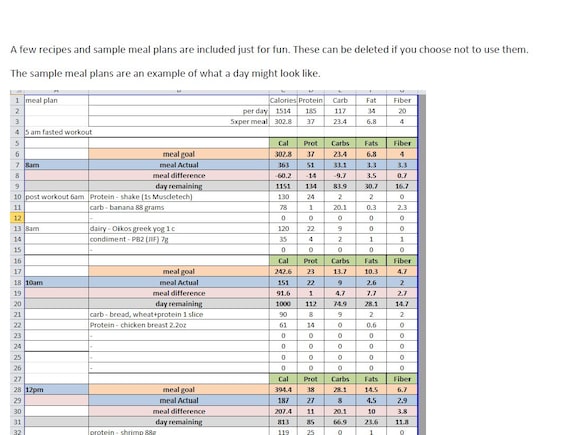
Very active: x 1.725 (hard exercise every day).Moderately active: x 1.55 (moderate exercise most days of the week).Lightly active: x 1.375 (light exercise less than 3 days per week).Then, multiply your result by an activity factor - a number that represents different levels of activity ( 7): Females: calories/day = 10 x weight (kg) + 6.25 x height (cm) – 5 x age (years) – 161.Males: calories/day = 10 x weight (kilograms, or kg) + 6.25 x height (centimeters, or cm) – 5 x age (years) + 5.In order to determine your overall calorie needs, you can either use a simple online calculator or the Mifflin-St. REE refers to the number of calories a person burns at rest, while NREE indicates calories burned during activity and digestion ( 6).Īdding REE and NREE gives you the total number of calories burned in a day, also known as total daily energy expenditure (TDEE) ( 6). In order to calculate your overall calorie needs, you need to determine resting energy expenditure (REE) and non-resting energy expenditure (NREE). The following steps will get you started.
#EASY MACRO TRACKER HOW TO#
Learning how to count macronutrients does take some effort, but it’s a method that anyone can use. Macronutrient recommendations vary depending on many factors. The three macronutrients to keep track of are carbohydrates, fats, and proteins. However, protein recommendations vary depending on body composition goals, age, health, and more.Įxamples of protein-rich foods include meat, eggs, poultry, fish, tofu, and lentils. It’s recommended that proteins comprise 10%–35% of your total calorie intake ( 5). Proteins are vital for processes like cell signaling, immune function, and the building of tissues, hormones, and enzymes ( 4). Like carbs, proteins provide 4 calories per g. Though typical macronutrient recommendations for fats range from 20%–35% of total calories, many people find success following a diet higher in fat ( 3).įats are found in foods like oils, butter, avocado, nuts, seeds, meat, and fatty fish. Your body needs fat for energy and critical functions, such as hormone production, nutrient absorption, and body temperature maintenance ( 2).


Fatsįats have the most calories of all macronutrients, providing 9 calories per g. Most types of carbs get broken down into glucose, or sugar, which your body either uses for immediate energy or stores as glycogen - the storage form of glucose - in your liver and muscles.Ĭarbs provide 4 calories per gram (g) and typically make up the largest portion of people’s calorie intake.Ĭarb intake is among the most hotly debated of all macronutrient recommendations, but major health organizations suggest consuming 45%–65% of your daily calories from carbs ( 1).Ĭarbohydrates are found in foods like grains, vegetables, beans, dairy products, and fruits. CarbohydratesĬarbohydrates include sugars, starches, and fibers ( 1). In order to successfully count macronutrients, it’s important to know what they are and why some people need different macronutrient ratios than others.


 0 kommentar(er)
0 kommentar(er)
